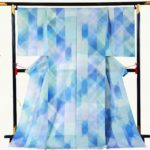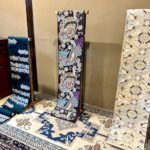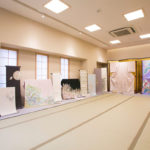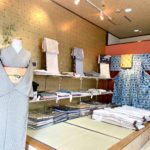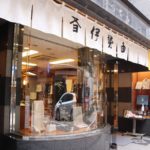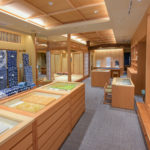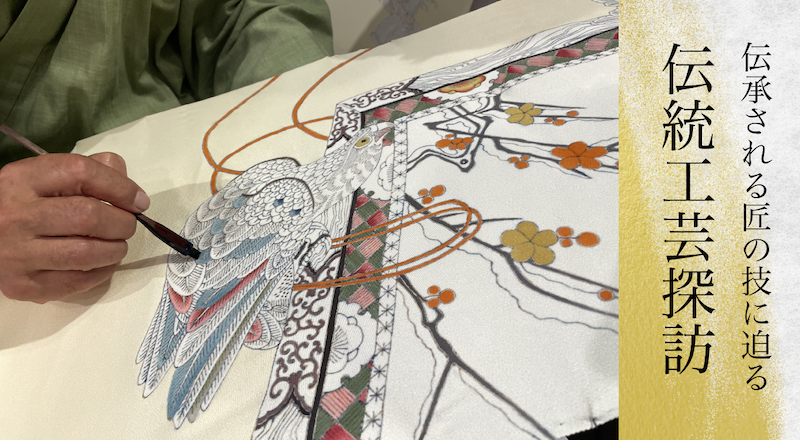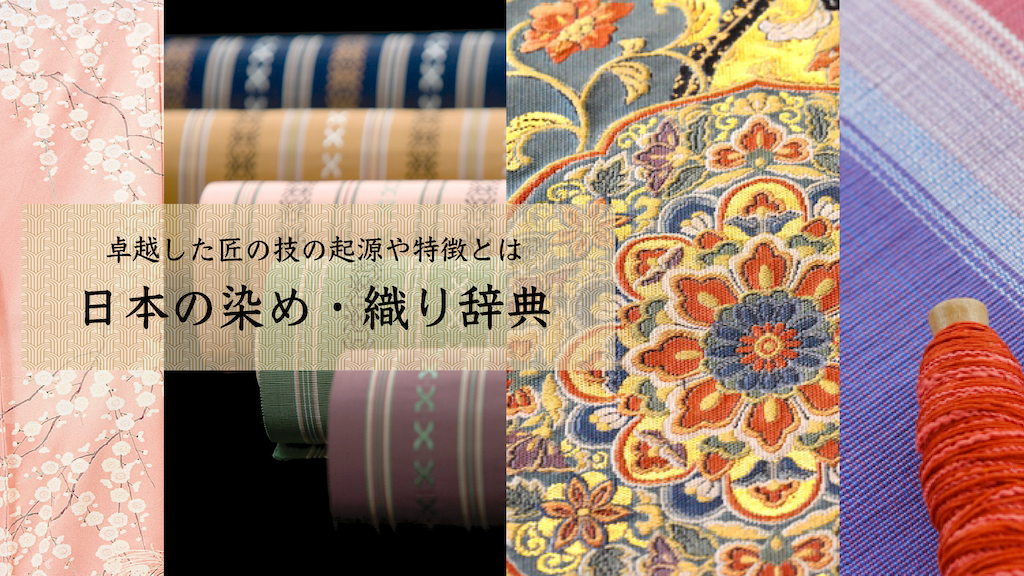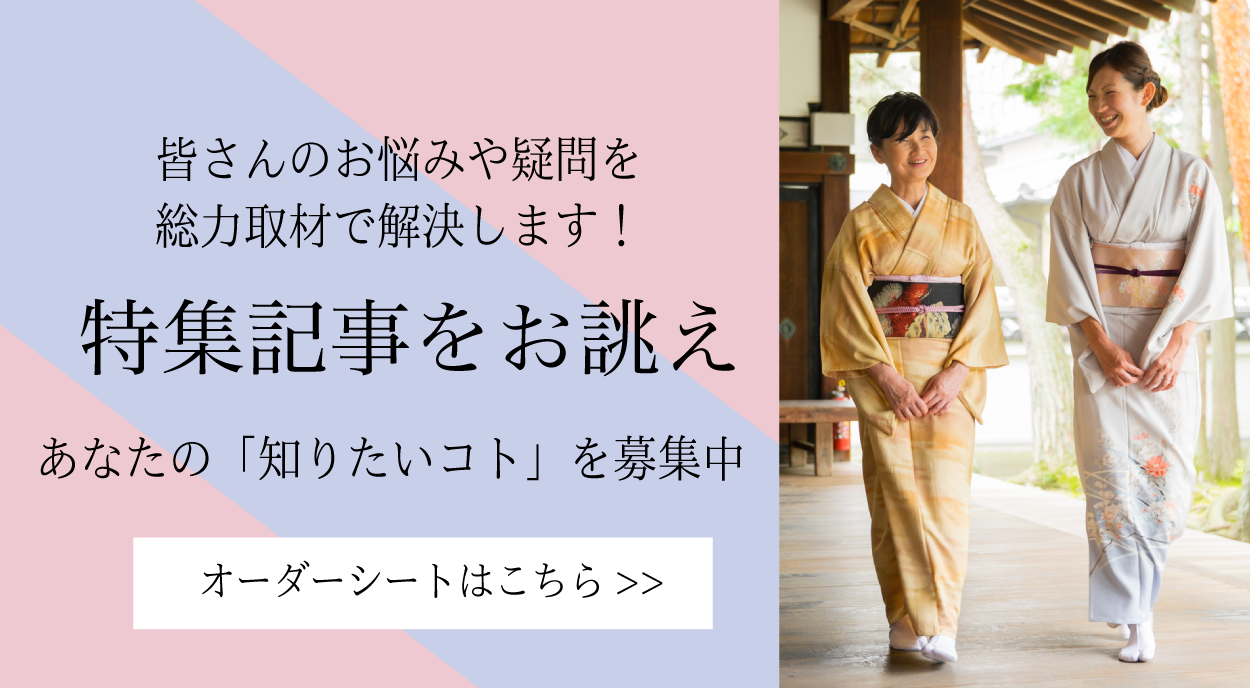佐賀錦
Pronunciation: Saga-nishiki
Production Area: Kashima City, Saga Prefecture
Saga-nishiki is a luxurious textile woven with warp threads made from thinly cut strips of special washi paper coated with gold, silver, or lacquer, combined with dyed silk weft yarns. The weaving is done in plain weave or twill weave, and traditional patterns include ajiro (basket weave), sayagata (interlocking swastika motifs), and hishi (diamond motifs). Because the work requires extraordinary precision and patience, only a very small amount can be woven in a single day. Its origins are debated. One theory suggests that the wife of the ninth lord of the Kashima domain in the Edo period, while bedridden with illness, was captivated by the elegant ceiling lattice in her chamber and adapted the design for daily use. Another theory states that a woman who married from Kyoto into the neighboring Ogi domain introduced the craft after being inspired by Kyoto’s paper craftwork that imitated lattice patterns. Saga-nishiki experienced a decline in the early Meiji period but was revived by women such as the wife of Ōkuma Shigenobu, a statesman from Saga. The textile became highly fashionable among the former aristocracy. It was also exhibited at the Japan–Britain Exhibition in London in 1910. Around this time, what had previously been called Kumikin or Kashima-nishiki came to be widely known under its present name, Saga-nishiki.


